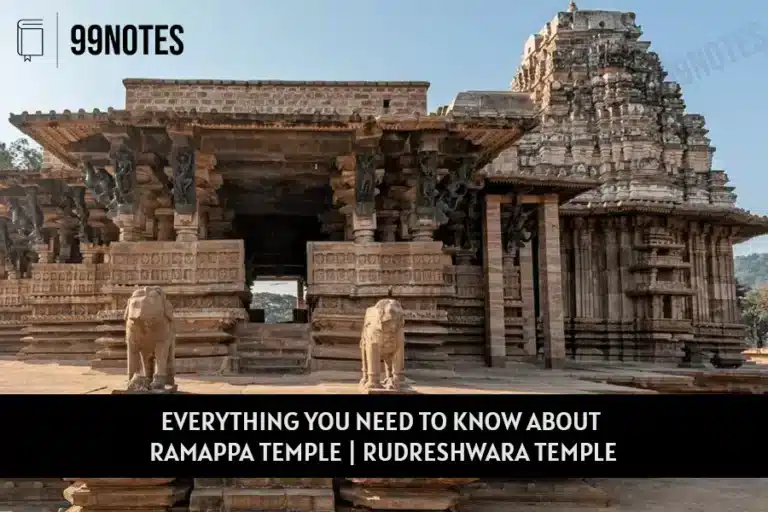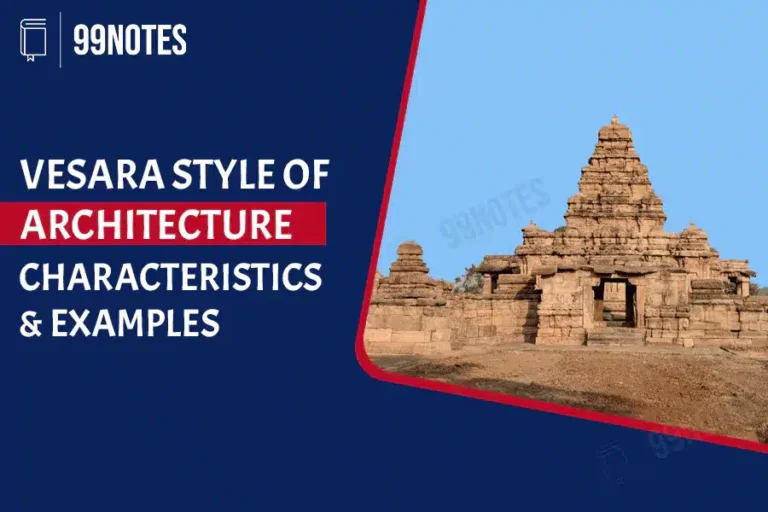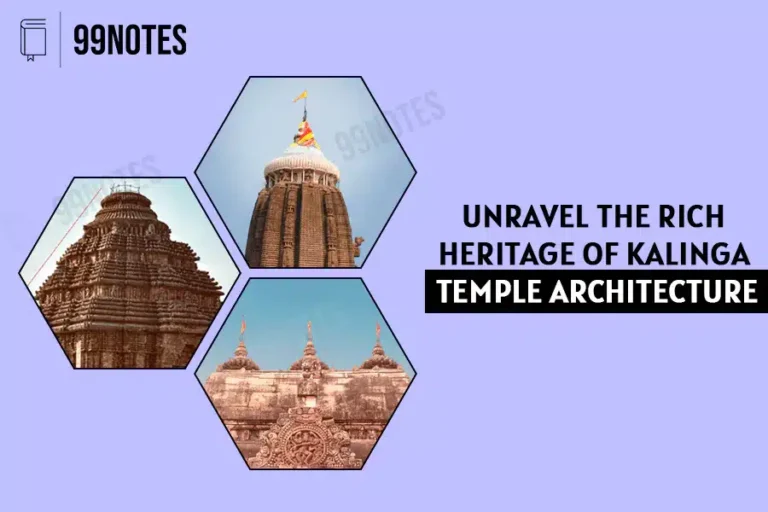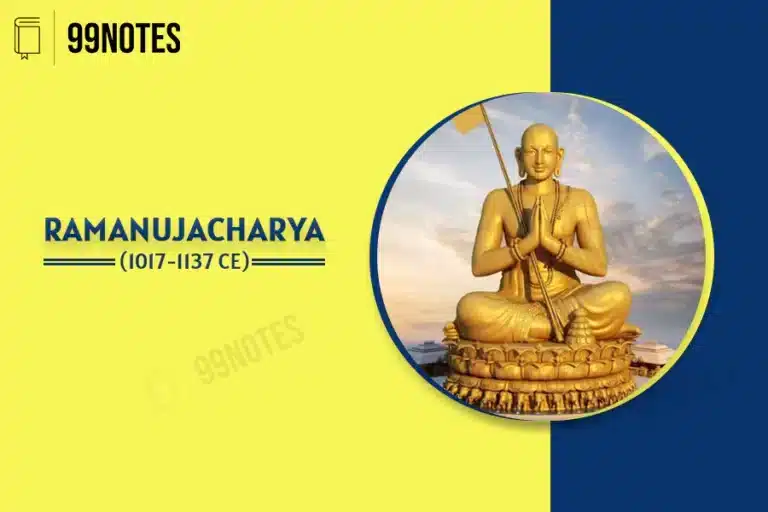Maru-Gurjara or Solanki Style
Solanki Style Temple
Origin: It originated in the Rajasthan region around the 6th century CE.
-
The name comes from the ancient names of Rajasthan (Marudesh) and Gujarat (Gurjaratra).
-
It consists of two styles:
-
Maha-Maru style – developed around Marudesa, Sapadalaska, Sursena and parts of Uparamala
-
Maru-Gurjara style – developed around Medapata, Gurjaradesa-Arbuda, Gurjaradesa-Anarta and some areas of Gujarat.
-
-
The Maru-Gurjara style reached its zenith under the Solanki rulers of Gujarat.

Features of Solanki Style Temple:
-
-
-
Based on the nagara style of architecture. The shikhara has a curvilinear shape.
-
In later examples, free-standing kirti-toranas and a kunda or a temple tank could be found at the front of the temples.
-
It started as a regional form but soon acquired supra-regional dimensions.
-
Sculpture:
-
The tangled carvings on the walls of the temples demonstrate that the art of sculpture had attained its height.
-
The heavy carvings on the ceilings of the Mandapa create a distinctive style of these temples.

Fig: Mandapa ceiling in the Ranakpur Jain Temple (Image source: Wikipedia)
-
-
-
The decorative themes include lines of horse riders, elephants, and kīrttimukhas.
-
No surface is left undecorated.
-
The heavy sculptural treatment of the architecture indicates a link between Maru-Gurjara architecture and Hoysala temple architecture.
-
They also share many similarities with the Khajuraho temples.
-
-
-
-
-
-
Examples of Solanki Style Temple:
-
Jain temple at Mt. Abu (Vimalvashai and Lunavashai temple).
-
Built by Chaulukyan ruler Bhimas of Gujarat. He was a writer, a sentinel of scholars.
-
-
Navlakha Temple, Ghumli Gujarat
-
Sun temple of Modhera
-
Rudra Mahalaya Temple in Siddhpur, Gujarat.
-
Rani-ki-vav, Patan in Gujarat
-
80-foot Kirti Stambha tower in Chittor Fort, Rajasthan.
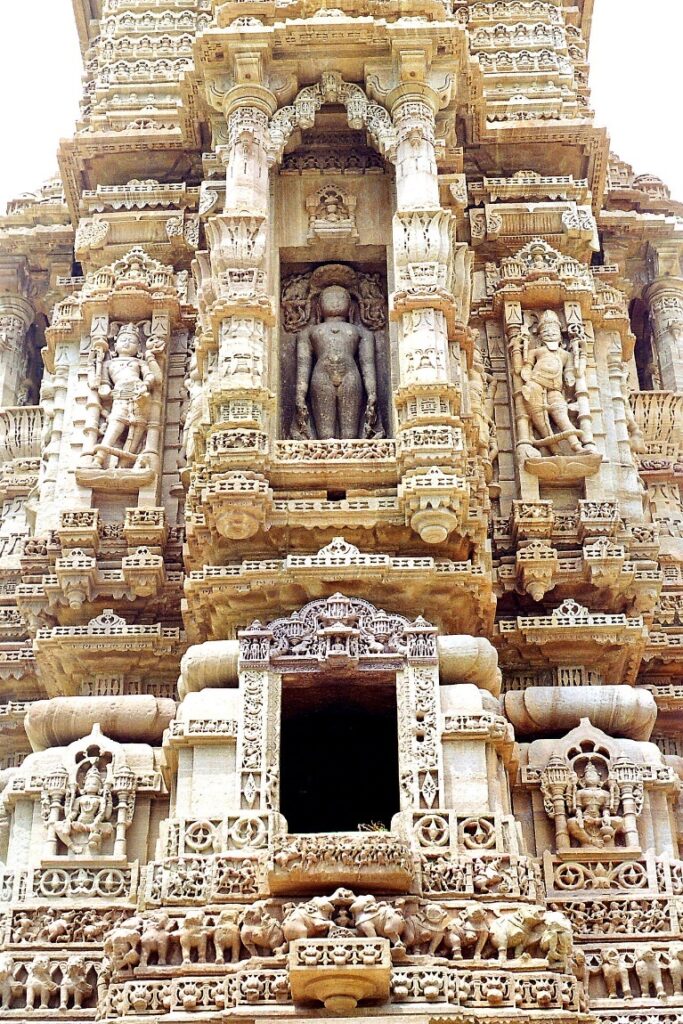
Fig: Jain Kirti Stambha tower, Chittor Fort (Image Source: Wikipedia)
Ranakpur Jain temple, 15th century



